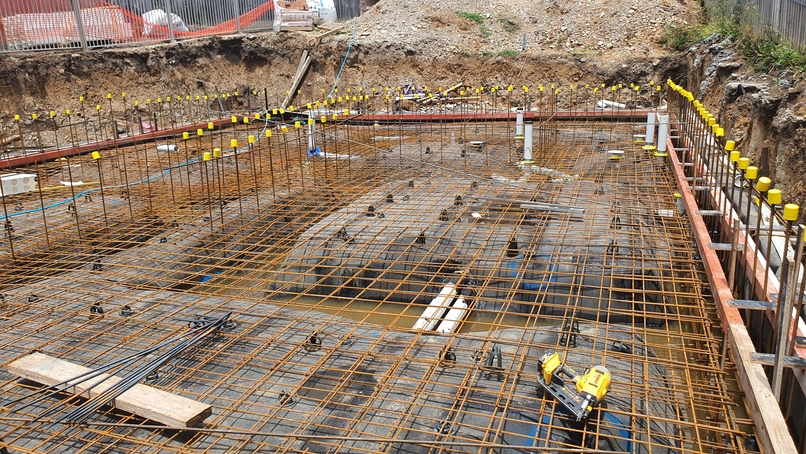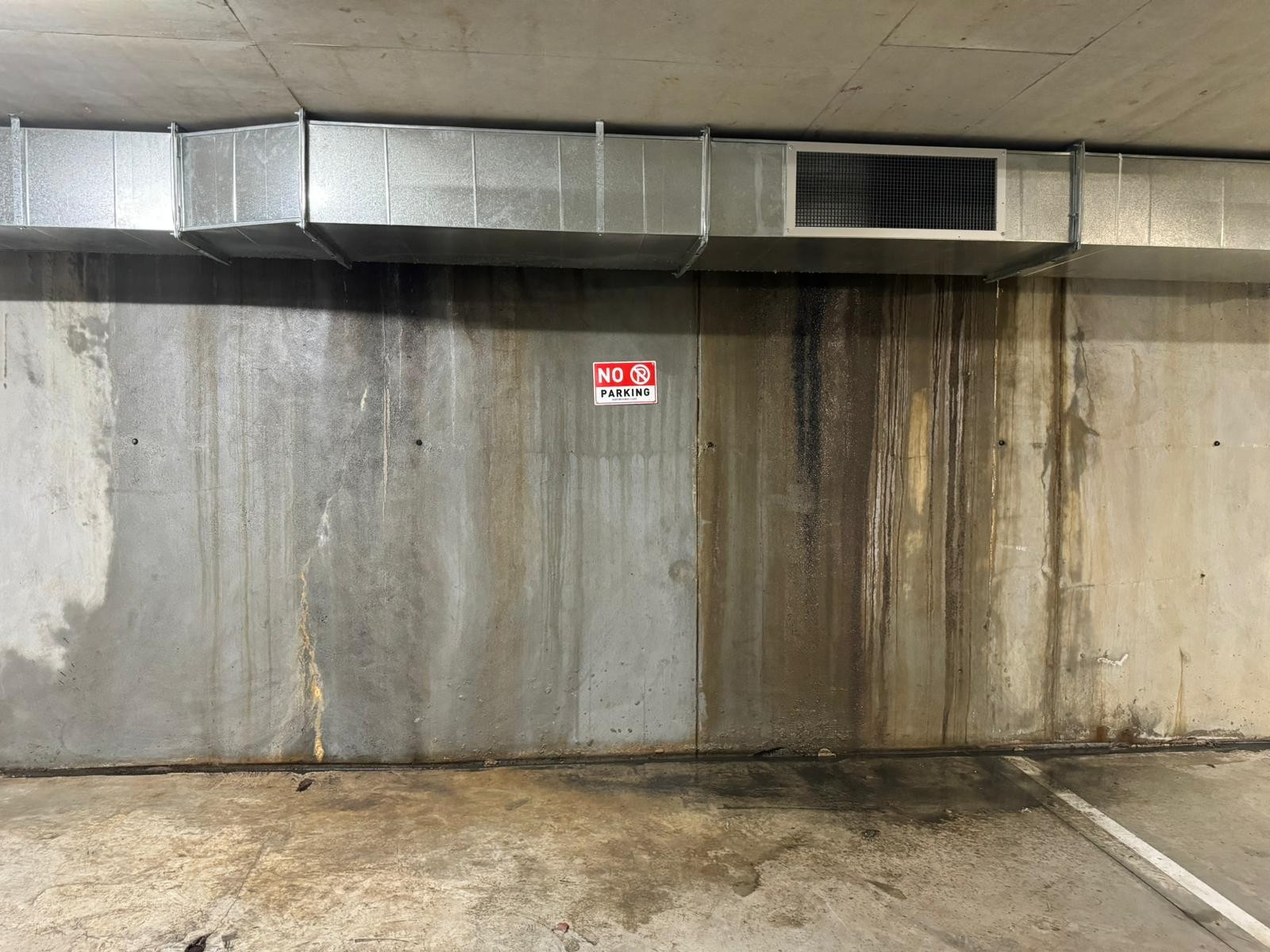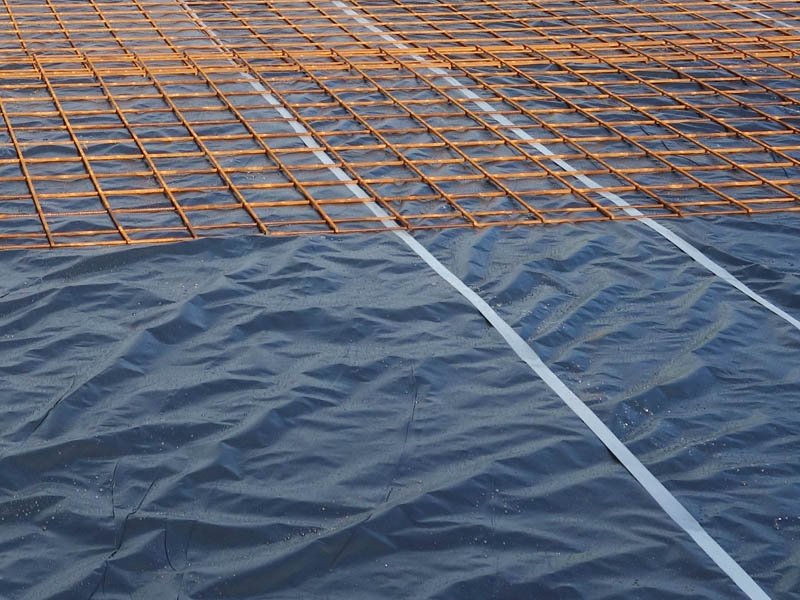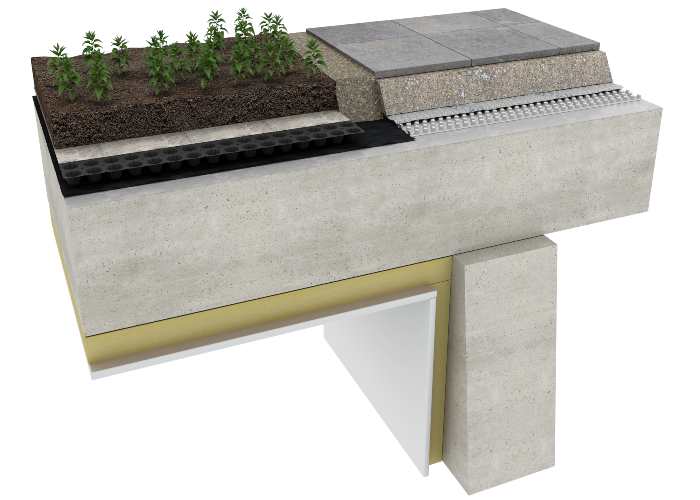Why You Need a Waterproofing Specialist in the Design Phase – Not After

Waterproofing failures in basements and below-ground structures are among the most costly and complex issues in construction. Yet, many projects still make the critical mistake of bringing in a waterproofing specialist too late—after the design is already finalised. This approach often leads to compromised performance, costly rework, and long-term durability issues.
The BS 8102:2022 Code of Practice for Below-Ground Waterproofing strongly emphasises the importance of early-stage waterproofing integration, ensuring that the structure is not only compliant but also optimised for long-term performance.
Additionally, both BS 8102:2022 and NCC 2022 stress the importance of ventilation in below-ground structures, particularly in habitable spaces, to mitigate moisture-related issues, improve air quality, and enhance overall durability.
Why Early Involvement Matters
Engaging a waterproofing specialist during the design phase ensures that key elements of the structure are optimised holistically, including:
🔹 Structural Integrity – Preventing unnecessary stress on key structural components by integrating waterproofing strategies from the outset.
🔹 Civil and Drainage Coordination – Ensuring proper surface and subsurface drainage design to minimise water ingress risks.
🔹 Concrete Quality & Mix Design – Selecting the right mix, additives, and curing methods to enhance waterproofing performance.
🔹 Water Shedding & Risk Management – Designing slopes, membranes, and barriers that effectively direct water away from critical areas.
🔹 Seamless Waterproofing Integration – Avoiding retrofits that compromise performance, cost more, and lead to potential failures.
🔹 Ventilation Considerations – Designing proper airflow systems in line with BS 8102:2022 and NCC 2022 to prevent condensation, mould growth, and air stagnation in habitable below-ground spaces.
The Cost of Late-Stage Waterproofing Decisions
If waterproofing is considered after the design is finalised, the project is at risk of:
🔴 Compromised solutions – Workarounds that don’t align with the original structural intent.
🔴 Increased costs – Reworking designs or installing remedial solutions later.
🔴 Longer project timelines – Delays due to redesigns, approvals, and additional works.
🔴 Legal and liability risks – Potential non-compliance with waterproofing and ventilation standards, leading to disputes or costly litigation.
A Smarter Approach: Design-Led Waterproofing
A proactive, design-led approach—recommended by BS 8102:2022 and NCC 2022—ensures long-term durability, cost savings, and structural resilience.
At Baleh Consulting, we specialise in basement and all below-ground waterproofing structures. To achieve optimum results, we strongly advise engaging us from the start. This allows us to:
✅ Review and optimise the various designs to ensure structural, civil, concrete, and drainage elements work in harmony with the waterproofing system.
✅ Identify potential risks early and implement the most effective solutions before construction begins.
✅ Ensure compliance with national and international waterproofing standards.
✅ Deliver the best-performing waterproofing system that enhances durability and reduces lifecycle costs.
Waterproofing is not just a product; it’s an engineering discipline that requires careful planning, expert input, and integration at the earliest design stages. Don’t treat it as an afterthought—make it a priority.
Is your project considering waterproofing and ventilation at the right time? Baleh Consulting is here to help you get it right from the start. Let’s discuss how early integration can safeguard your structure and investment.
📞 Need expert guidance? Contact us to ensure your project has the right waterproofing solution.
Follow Hacène Baleh on LinkedIn
Follow Baleh Consulting on LinkedIn
Posted on 22/03/2025 Written by Hacene Baleh














